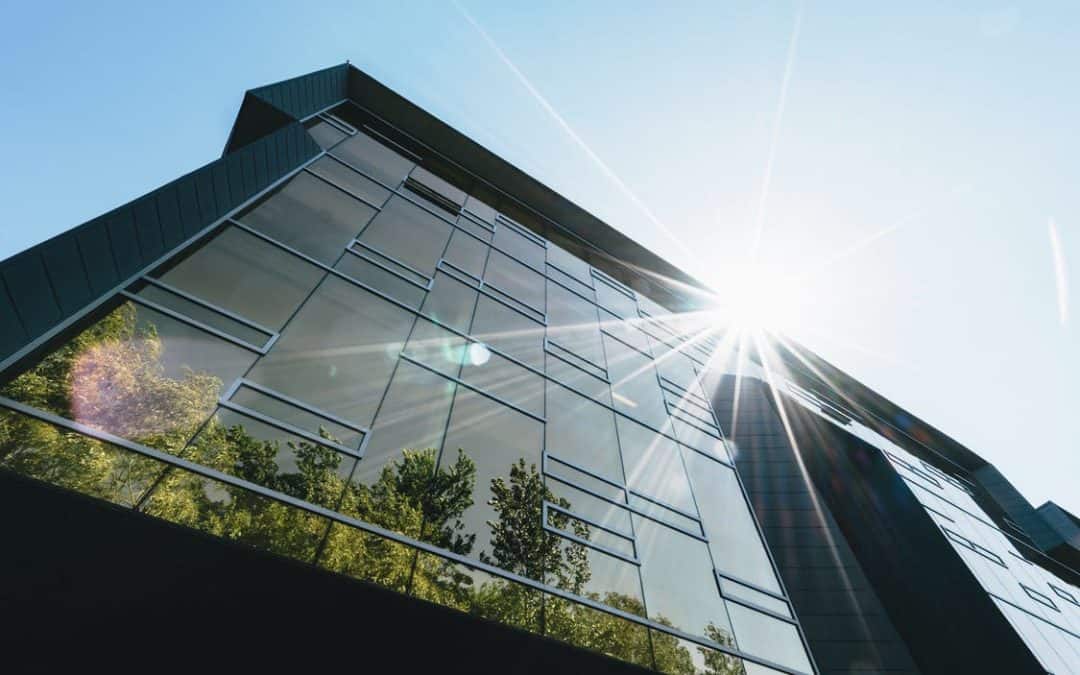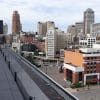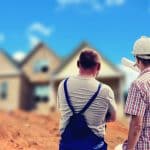Source:Than Merrill —
Sustainable real estate development has carved out its own niche in recent years, and those that have adopted the trend are already reaping the rewards. It’s worth noting, however, that it’s not too late to jump on the bandwagon. In fact, those residential redevelopers intent on commencing sustainable practices may place themselves in a position to benefit for the next decade—if not more so. Sustainable real estate development is being heralded as the next step in investor evolution. It is something everyone in the housing market needs to consider if they want to remain at the forefront of their industry.
WHAT IS SUSTAINABLE REAL ESTATE DEVELOPMENT?
Sustainable real estate development incorporates environmentally-friendly design techniques, materials, and technologies into the building process. Instead of using materials and strategies which increase a home’s carbon footprint, sustainable real estate development aims to reduce the impact of a respective home on the environment, from the materials used to daily operations. Doing so enables homeowners to reduce operating costs and help the environment simultaneously.
“Green” real estate development projects, otherwise known as “greenhabbing,” are the sustainable equivalent to your standard flip, but with a substantial caveat: an emphasis on sustainable practices and materials. Outside of the obvious, the two strategies are indistinguishable from one another. You could very easily argue that both exit strategies share the same goal, which begs the question: how can sustainable real estate development set your business apart from the competition?











